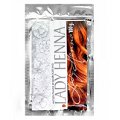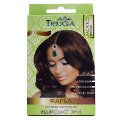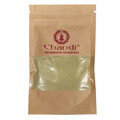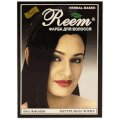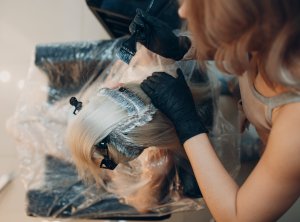 Hair dyeing, especially at home, does not always turn out well: sometimes the colour turns out lighter or darker than you would like, sometimes it turns out patchy, sometimes the chosen shade does not work well with the complexion. Is there any way to fix bad hair colour after dyeing? As a matter of fact, we can give a few tips that might help.
Hair dyeing, especially at home, does not always turn out well: sometimes the colour turns out lighter or darker than you would like, sometimes it turns out patchy, sometimes the chosen shade does not work well with the complexion. Is there any way to fix bad hair colour after dyeing? As a matter of fact, we can give a few tips that might help.
There are a lot of factors that affect the final result of a dye job. They include the quality of the dye, the shade you’ve chosen, the original colour of your hair and its structure. If these factors do not work well together, the resulting hair colour may disappoint you.
Luckily, there are ways to save your hair after a dye job gone wrong. If your hair turned out too light, you can cover it using a darker shade of dye. As a rule, it is enough to apply the dye for 10-15 minutes, and then rinse it off. A tinted shampoo or hair conditioner can also help to make your hair darker and closer to the shade you originally wanted.
If your hair turned out too dark, it may be a little bit harder to fix. The sure way is to go to a beauty salon that offers hair colour correction services. A professional stylist will find the right way to correct the colour mishap with minimal damage to your hair. Professional hair colour removal treatments can make your hair four or five shades lighter in one go.
There are several types of hair colour removal treatments. The most potent ones are formulated with ammonia and hydrogen peroxide; basically, they are the same as hair bleach. It is these treatments that allow to turn even black hair blonde in several sittings.
Mild hair colour removal solutions are formulated with acids. They can make your hair one or two shades lighter, but cannot radically change its colour. Due to containing no hydrogen peroxide or ammonia, such products are considered more gentle and safer for the hair.
Natural hair colour removal treatments are milder, but they are also less effective. They can only make your hair a shade or even half a shade lighter, and you will probably need to apply them several times to achieve a more or less noticeable result. However, they can be the best solution if you have weak, brittle, or damaged hair.
The darker the colour and the longer you have regularly dyed you hair, the harder it is to fix the colour in case of a mishap. Shades of red are the hardest to fix, and it is also hard to fix the hair that has been dyed with natural pigments, such as henna or indigo.
The thing is that henna and indigo, unlike permanent chemical hair dyes, do not penetrate deep into the hair structure. They remain closer to the surface, and as a result the pigment can react with the active substances of the hair colour remover, and the outcome of this reaction may be very unpredictable: the hair can acquire a dirty green, dirty purple, or bright orange colour.
That’s why, when you dye your hair with pure henna or a blend of henna and indigo, you shouldn’t try to use chemical colour removers if you don’t like the result. Instead, wash your hair right away with a clarifying shampoo and repeat the procedure several times. Since natural pigments do not penetrate deeply into the hair structure and take several days to take hold, it may be possible to rinse the unwanted colour out relatively quickly and easily.
If you’re generally satisfied with the colour of your hair after dyeing it with henna or henna and indigo but want to make it a little lighter, try this lightening hair mask. Mix half a glass of olive oil with the freshly squeezed juice of one lemon, warm the mixture up a little, apply to your hair, leave for 2–3 hours, and then shampoo. Lemon will make your hair 1–2 shades lighter, while olive oil will prevent dehydration and damage to the hair.
Here’s one more DIY recipe for lightening the hair dyed with natural pigments. Mix 200 ml of plain Greek yogurt with 40 g of dry yeast, apply to your hair and leave for 2 hours, then shampoo thoroughly. If you have oily hair, you can dilute 10 ml of apple cider vinegar in 1 litre of water, apply to your hair and leave for 10 minutes, then rinse the mixture off without shampooing. If you have dry hair, try applying any vegetable oil and leaving it for 2–3 hours. For a better effect, put on a shower cap and wrap your head in a towel.
Whatever method you choose to fix bad hair colour, it will take some time and effort. There is also no guarantee that you will get the colour you want in the end. Therefore, it is one of those situations when it’s easier to prevent a mishap than to fix it afterwards. For example, it is important to choose the right shade that suits your complexion and to invest in a good hair dye.
In our online shop Organic Store, you can buy 100% natural and ammonia-free henna-based hair dyes. They allow to obtain a wide range of rich, natural shades at home. At Organic Store, we offer affordable prices, convenient payment methods, and international delivery to most parts of the world to make your online shopping experience as comfortable as possible.


